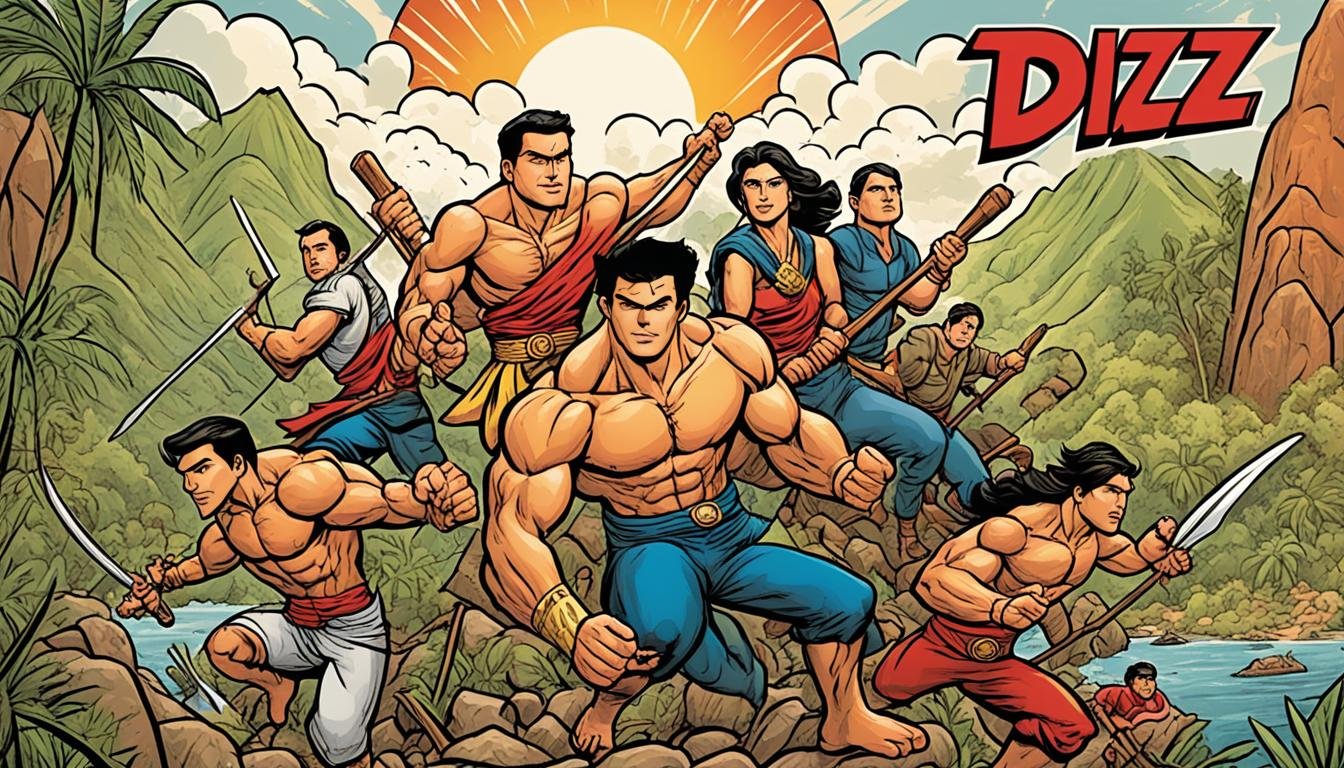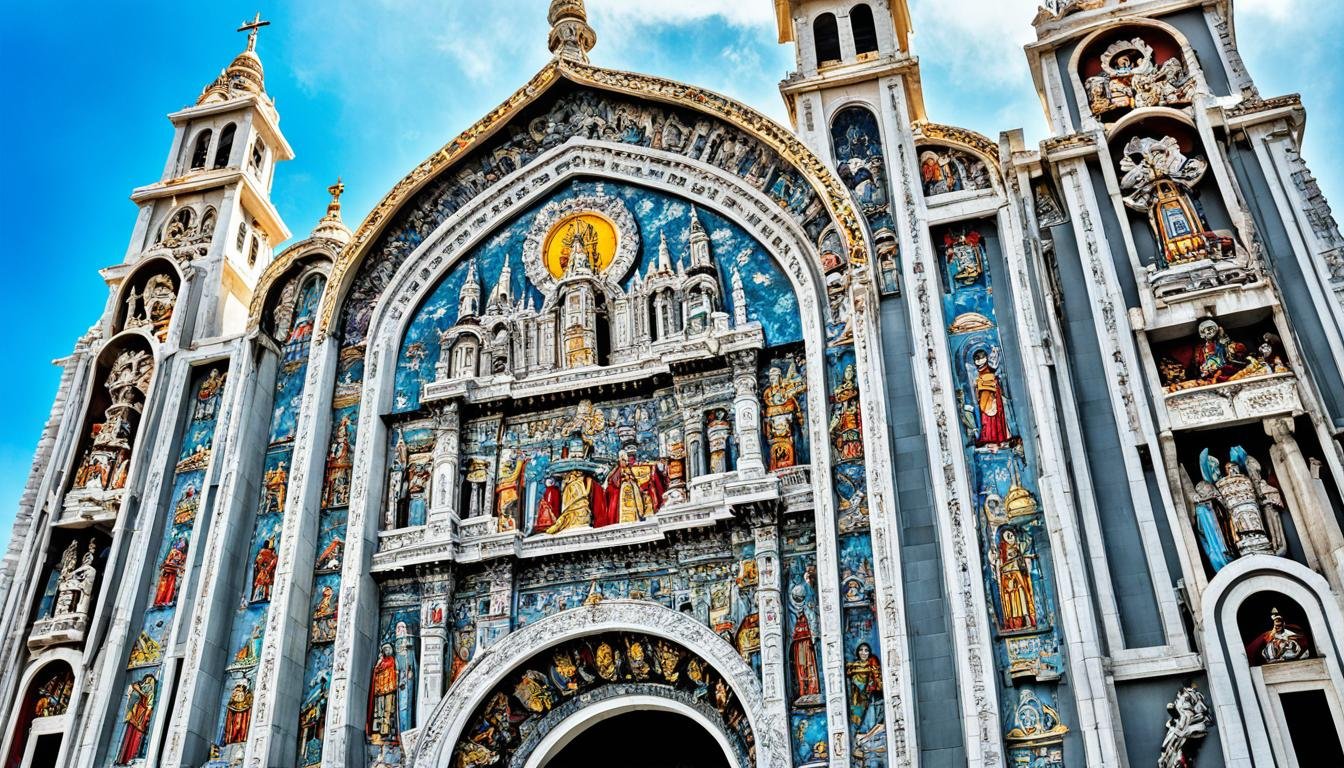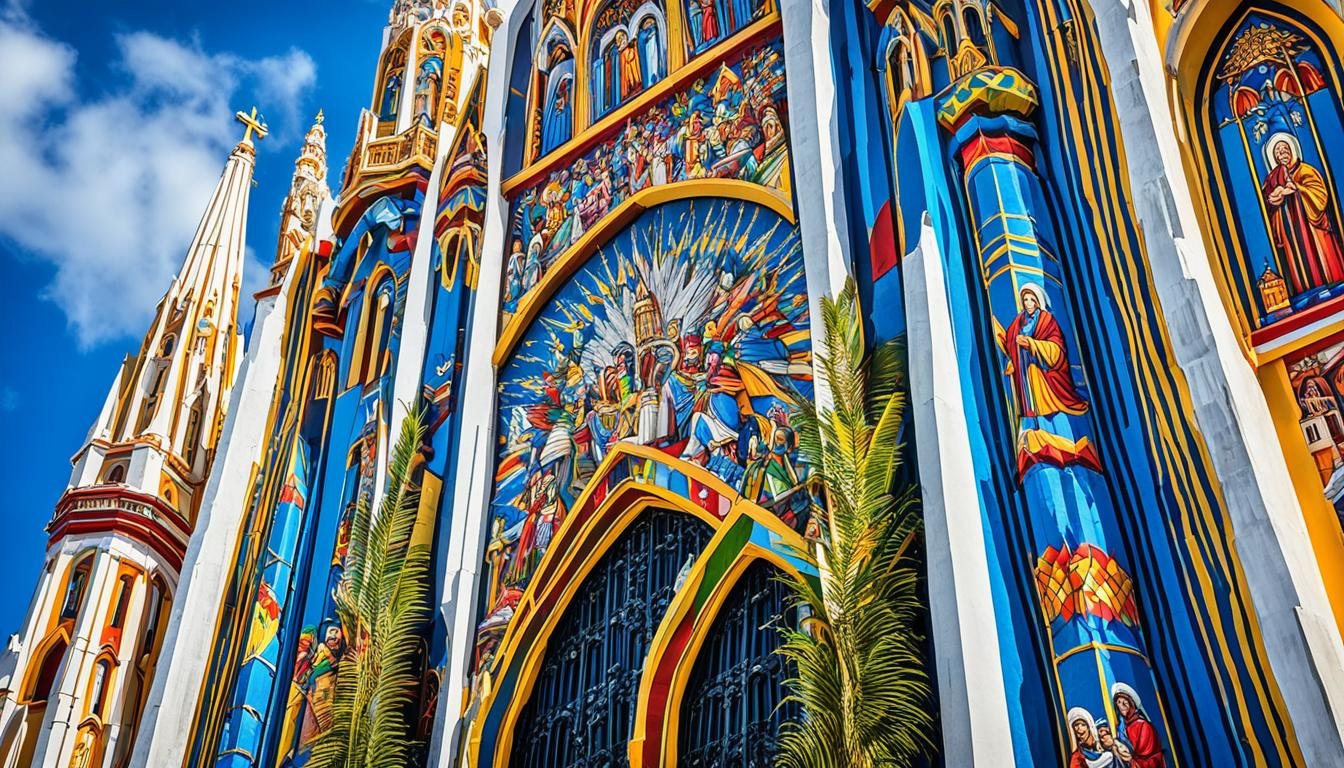In the grand narrative of the Philippines’ struggle for independence, two names stand taller than most: Jose Rizal, the intellectual beacon and novelist, and Andres Bonifacio, the fiery revolutionary and founder of the Katipunan. Their lives and legacies are forever intertwined with the birth of the Filipino nation. Rizal’s pen awakened a dormant national consciousness, while Bonifacio’s…
Filipino Culture and Heritage
American Propaganda and the ‘Bandit’ Label: Suppressing Philippine Resistance (1899-1913)
Introduction Understanding the narrative framing of historical conflicts is crucial, especially when examining periods of conquest and resistance. The Philippine-American War (1899-1902) and the subsequent suppression campaigns were one such period where the dominant power, the United States, actively shaped public perception through calculated communication strategies. At the heart of this effort was the use…
Philippines Main Language: A Complex Linguistic History
What is the Philippines main language? This seemingly simple question unravels a rich tapestry woven from centuries of diverse cultures, colonial encounters, nationalist aspirations, and evolving linguistic policies. The Philippine archipelago, home to over 7,000 islands, boasts an extraordinary linguistic diversity, making the designation of a single “main” language a complex issue. While Filipino language,…
Is Filipino a Language?
Is Filipino a Language? The question, “Is Filipino a language?” seems straightforward on the surface. Yet, beneath this simple query lies a complex and often contentious history reflecting the Philippines’ journey towards national identity, political consolidation, and cultural definition. Answering it requires more than a simple yes or no; it demands a deep dive into…
Origin of Last Name Diaz in the Philippines
he tapestry of Filipino Surnames is rich and complex, woven with threads of indigenous traditions, colonial imposition, and cultural adaptation. Among the most common surnames encountered across the Archipelago / Provinces is “Diaz.” Like many prevalent Hispanic-sounding last names in the Philippines (Santos, Reyes, Cruz, Garcia), its presence is not merely incidental but deeply rooted…
Basilica Minore del Sto. Niño de Cebu: A Sacred Monument of Faith
Nestled in the heart of Cebu City, the Basilica Minore del Sto. Niño de Cebu stands not merely as an architectural marvel, but as a profound Sacred Monument of Faith, deeply intertwined with the fabric of Philippine History. It is the enduring home of the revered Santo Niño Image, an icon whose story begins with…
Miracle of Lolita Oroc
Philippine History is a vibrant and complex tapestry woven from grand narratives of revolution and nation-building, alongside countless localized stories of individual struggle, survival, and faith. Among these more personal accounts, often preserved through oral tradition or community memory, are narratives described as “miracles” – events defying ordinary explanation, offering hope, or demonstrating remarkable resilience…
Sinulog Dance Competition
The air in Cebu City crackles with an unparalleled energy every January. Millions converge on the “Queen City of the South” to participate in or witness one of the grandest and most vibrant celebrations in the Philippines: the Sinulog Festival. At the heart of this massive event, intertwining deep religious devotion with spectacular cultural expression,…
The Basílica Menor del Santo Niño de Cebú: A Historical and Religious Landmark
The Basílica Menor del Santo Niño de Cebú stands as a testament to centuries of faith and history, deeply embedded in the narrative of the Philippines. More than just a church, it is a vital Historical Landmark and a pivotal Religious Landmark, housing the revered image of the Santo Niño de Cebú, the oldest Christian…
Chapel of San Pedro Calungsod: A Modern Marvel in Cebu
In the bustling, rapidly developing landscape of Cebu City stands a structure that is at once strikingly modern and deeply rooted in centuries of history and faith: the Chapel of San Pedro Calungsod. Located within the sprawling South Road Properties (SRP), this architectural gem serves not merely as a place of worship but as a…








